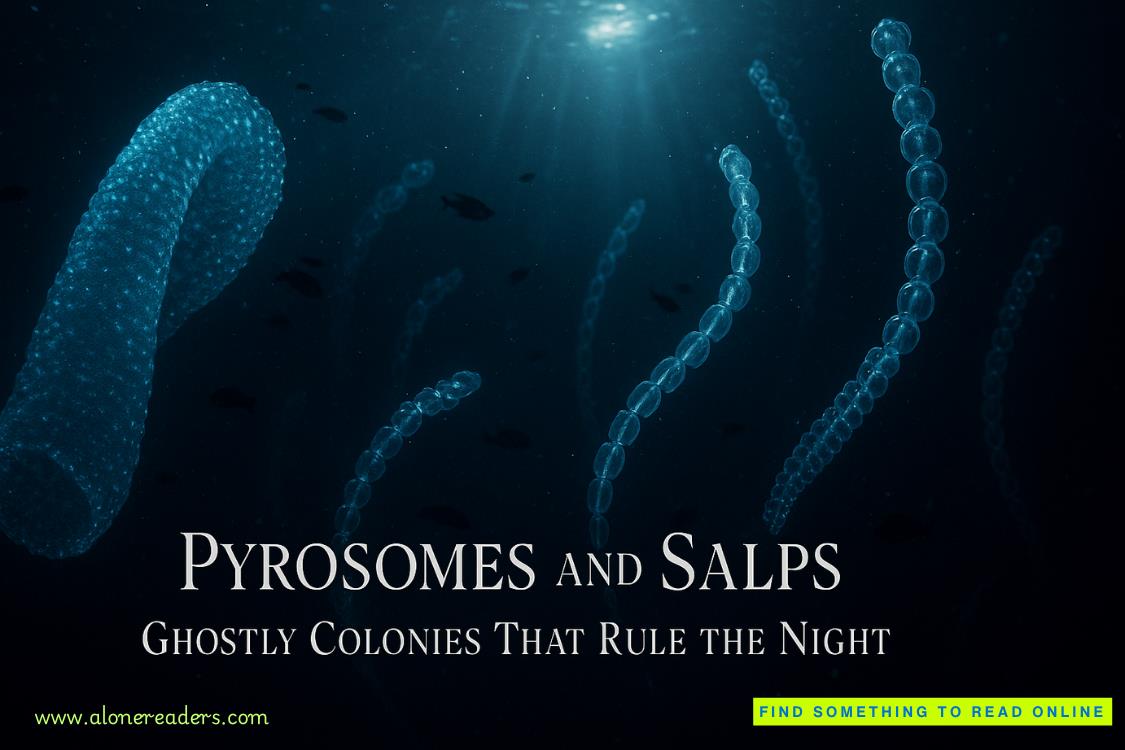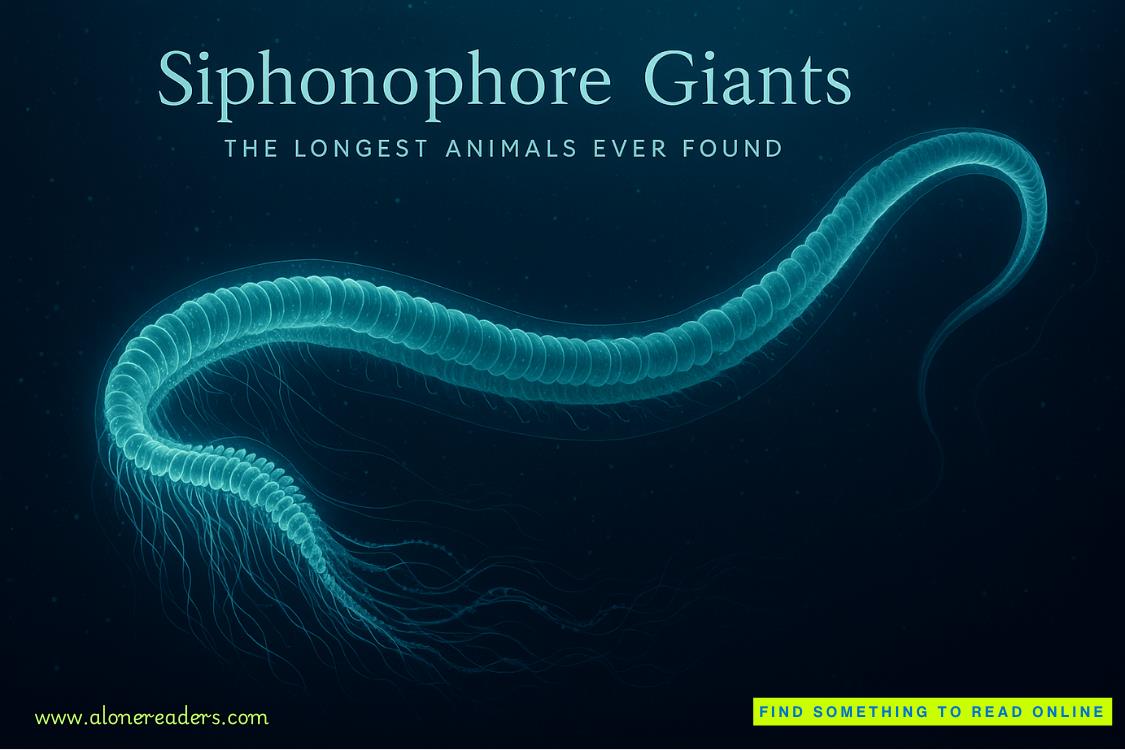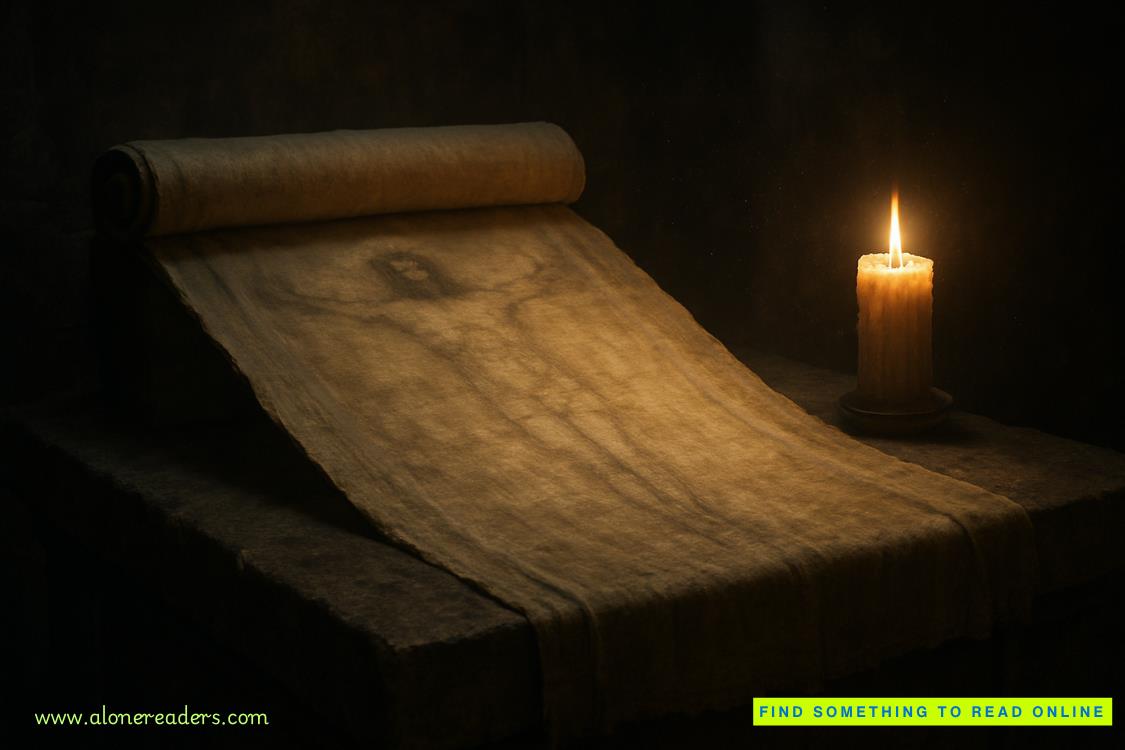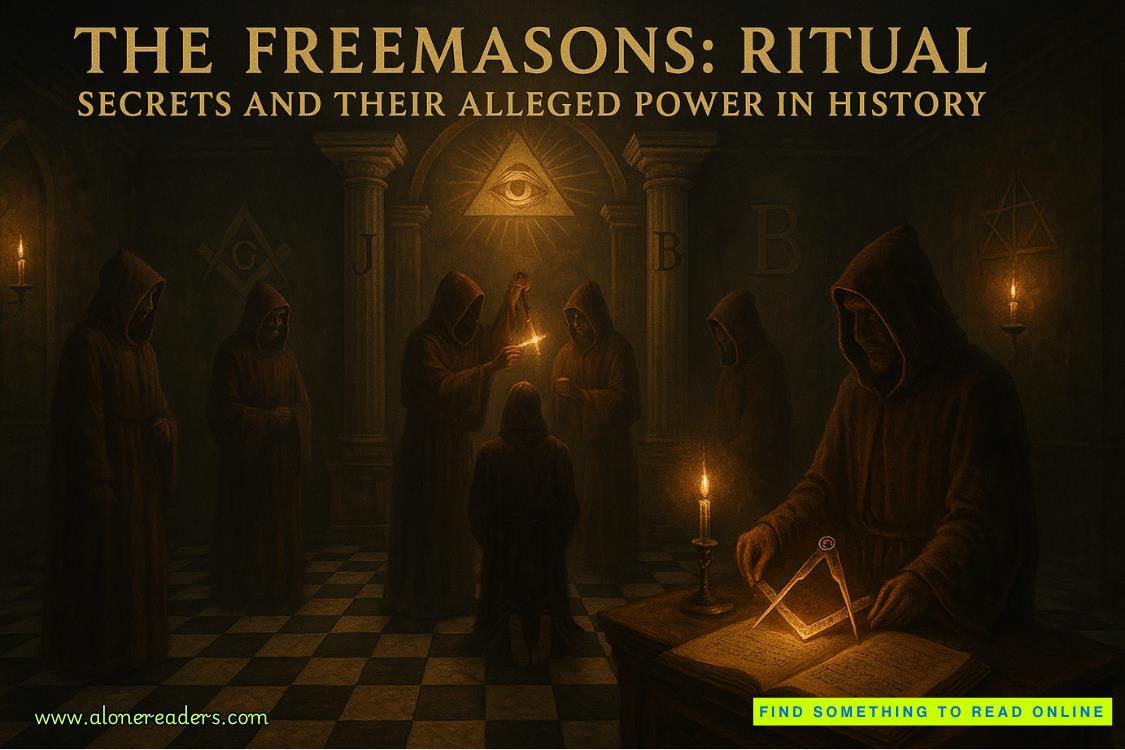Page 32 of The Last Days of Marilyn Monroe
On Christmas Eve, like some ghoulish practical joke, Hyde’s pre-ordered Christmas presents are delivered all over town.
Marilyn is lying with her dog Josepha in the apartment on North Harper Avenue when a huge red box with a giant bow arrives.
“Every Star should have one of these” the message attached reads, signed, “All my love as ever, Johnny.”
Inside is a beautiful stole of the softest mink. Marilyn once again bursts into tears and clutches the fur to her face.
Natasha and Barbara Lytess come home with a bag of groceries. It’s Marilyn’s turn to cook dinner, but the kitchen is empty.
She can’t be asleep, can she? She does keep odd hours, but Lytess blames those wretched sleeping pills she’s been taking, lined up in bottles in the bedroom.
Lytess calls for her. There’s only silence.
Propped up on the table is a note. “I leave my car and my stole to Natasha.”
Another note is taped to Marilyn’s bedroom door. “Barbara, do NOT enter.”
What the hell has she done?
Lytess bursts in to find the curtains closed and clothes piled all over the room. On the bed is Marilyn, her arms above her head, her curls on the pillow, her face swollen.
Marilyn!
Lytess shouts in her ear and shakes her friend’s warm, limp body. There are greenish capsules half-dissolved in her mouth, and more down to the back of the throat. Marilyn’s lips are blue and her face is waxy, but she is still alive.
“Barbara!” Lytess yells to her daughter from the bedroom. “Call an ambulance!”
CHAPTER 23
WHY WOULD I want to kill myself? Johnny has given me so much to live for!
Marilyn explains away the earlier “mishap.” Natasha Lytess overreacted, she insists. She’d simply overdone it on some sleeping pills Sid Skolsky had bought her at Schwab’s. She hadn’t drunk enough water to wash them down and they’d crystallized in her mouth, turning the corners green.
In January 1951, she’s back at the Fox lot to film the screwball comedyAs Young as You Feelby New York playwright Paddy Chayefsky.
Marilyn had once modeled for the studio’s 1948 publicity piece “How to Exercise.” Now she dedicates herself to a regimen of calisthenics, weight lifting, and jogging, an unusual pursuit that draws puzzled glances from passersby. In February, a photographer snaps Marilyn in a park in Los Angeles, hefting a lightly weighted barbell overhead.
She may be stronger physically, but her emotions remain fragile as she embarks on the final role Hyde had negotiatedfor her. She’s out of sync with the role of Harriet, a secretary who colludes with the sixty-five-year-old president of Acme Printing in his scheme to avoid forced retirement.
Despite living almost opposite the lot, Marilyn often oversleeps and misses her call times. Her behavior frustrates director Harmon Jones, who finds her “a ridiculous person” and sends runners and assistant directors to hammer on her door. When she finally wakes, her face is puffy from crying and doesn’t look good on film.
Jones introduces Marilyn to his friend and fellow director Elia Kazan. “I took her to dinner because she seemed like such a touching pathetic waif. She sobbed all thru dinner,” Kazan writes. “She was like all Charlie Chaplin’s heroines in one.”
You can’t help but be touched,Kazan thinks.She’s talented, funny, vulnerable, helpless in awful pain, with no hope, and some worth and not a liar, not vicious, not catty, and with a history of orphanism that’s killing to hear.
Kazan’s interest in Marilyn is more carnal than merely protective. He affectionately calls her “Darling” and visits her on set, bringing with him his playwright friend Arthur Miller, a mutual pal ofAs Young as You Feelscreenwriter Chayefsky.
Miller’s dramaAll My Sonswon him an award for Best Author of a Play at the inaugural Tony Awards in 1947, as well as a New York Drama Critics’ Circle Award for Best American Play. Kazan, who directedAll My Sonsand won the Best Director Tony for the play, then went on to direct Gregory Peck in the filmGentleman’s Agreement,winner of the 1948 Oscar for Best Director and Best Picture. He and Miller next returned to Broadway in 1949 forDeath of a Salesman,which garnered even more awards: six Tonys, including Best Director, BestAuthor, and Best Play; the Drama Critics’ Circle Award for Best Play; and the Pulitzer Prize in Drama. It’s a coveted playwright’s “triple crown” for the then thirty-three-year-old Arthur Miller, and a smash hit on stage, earning $2 million.
“I tell ya, kid, art pays,” an ecstatic Miller wrote to Kazan.
Now, on the set ofAs Young as You Feel,Miller is transfixed by “the saddest girl he ever saw.” Backlit by a white spotlight and positioned in profile, she is wearing a black lace veil and dabbing her eyes. Marilyn is still in mourning for Johnny Hyde. It’s barely been a month since the death of “the kindest man in the world.”
Kazan makes introductions. Marilyn extends a soft white hand toward the tall, bespectacled Miller. He later remarks that the touch sent electricity coursing through his body. Marilyn, however, carries on with her scene, apparently failing to notice him at all.
Columbia Pictures will release its film adaptation ofDeath of a Salesmanin December 1951, so Miller is in town for meetings. He and Kazan pitch studio head Harry CohnThe Hook,Miller’s new screenplay about union corruption on the Brooklyn waterfront. It’s not easy following up the massive success ofDeath of a Salesman,however.
Cohn shows Miller’s screenplay to the FBI. If Miller would simply change his gangster villains into Communists, Cohn insists, the script would be viable.















